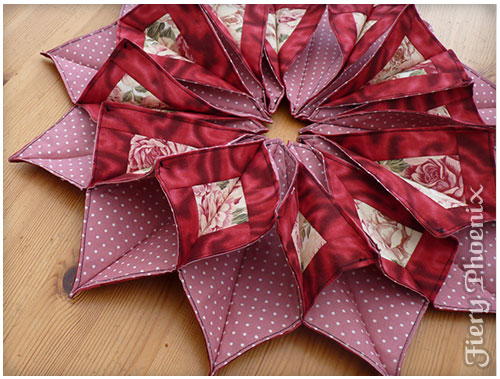Origami Mask National Geographic. The folding pattern imparts unique properties to the structure, helping it fit snugly. But a recent national geographic and morning consult poll signaled a shifting attitude in the u.s.

20, 2021 january 20, 2021. But wu said that other origami designs she's seen are too intricate to work as regularly worn masks. Yang and her colleagues delivered 10,000 origami masks made of the wrap to the university of pennsylvania's.
While An Individual Fold May Not Be Particularly Impressive, Many Together Can Make The Paper Sing.
We need better face masks—and origami might help national geographic, jan. But a recent national geographic and morning consult poll signaled a shifting attitude in the u.s. A january 2021 national geographic article featuring wu's origami face mask also drew wide attention and made wu aware of other origami artists developing masks.
Barda/Niosh Mask Innovation Challenge Winner.
Masks may also become a mainstay after the pandemic to help keep both viruses and pollution at bay. Make elephant or polar bear lanterns from recycled bottles. But a recent national geographic and morning consult poll signaled a shifting attitude in the u.s.
You’ll Simply Need A Small, Square Piece Of Paper To Get Started.
Some 63 percent of 2,200 american. 5 out of 5 stars. The folding pattern imparts unique properties to the structure, helping it fit snugly.
But Wu Said That Other Origami Designs She's Seen Are Too Intricate To Work As Regularly Worn Masks.
You’ll be a master of origami in no time…. While masking is already part of daily life in other countries, that hadn’t been the case for the united states. But a recent national geographic and morning consult poll signaled a shifting attitude in the u.s.
Masks May Also Become A Mainstay After The Pandemic To Help Keep Both Viruses And Pollution At Bay.
Your paper should measure about 7.5cm by 7.5cm. Doesn’t fog glasses, fall off nose, muffle voice, or collapse onto mouth. Realmuto was among several origami mask experts recently featured in a national geographic story that highlights the inexpensive (less than $1 of materials per mask), disposal masks that can be made by anyone after a little practice.





